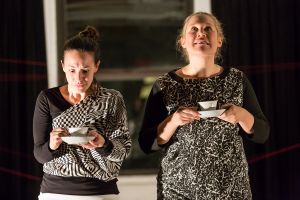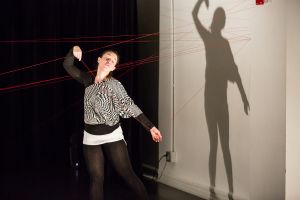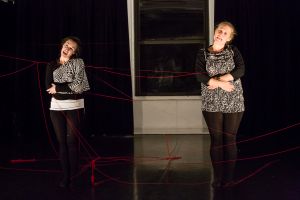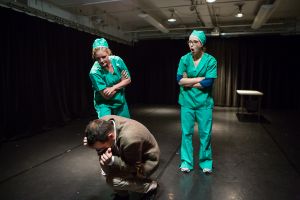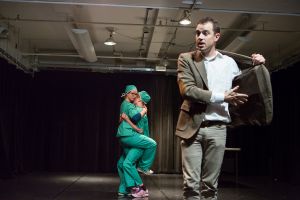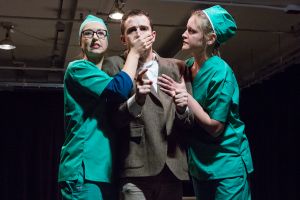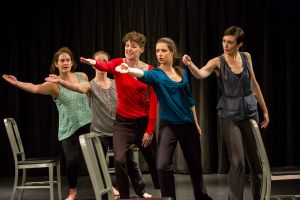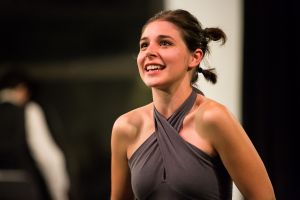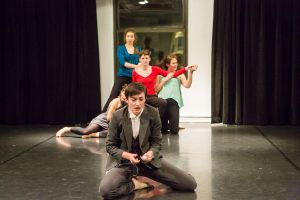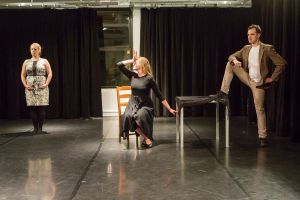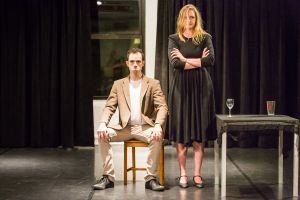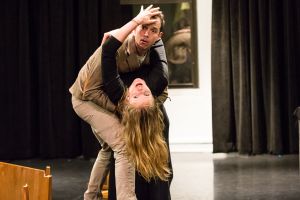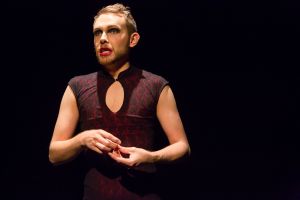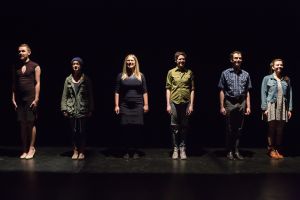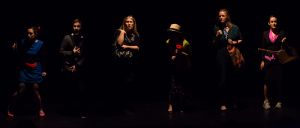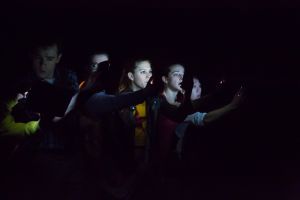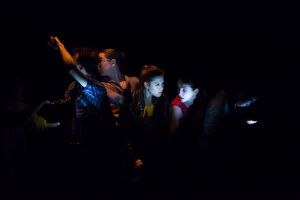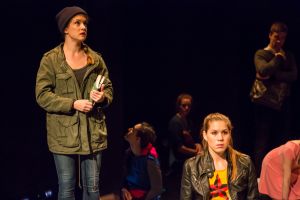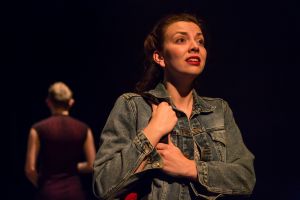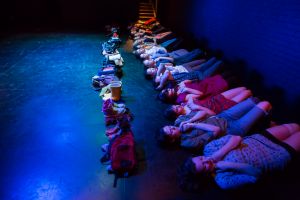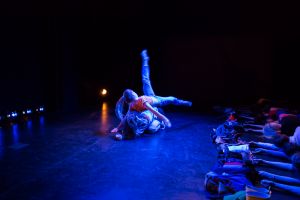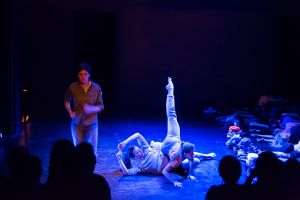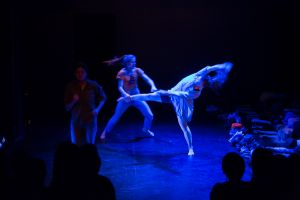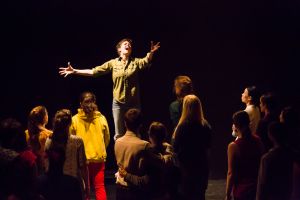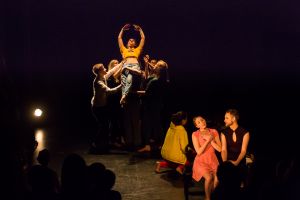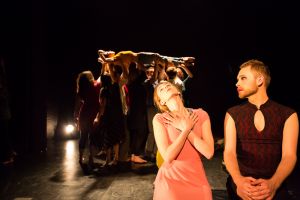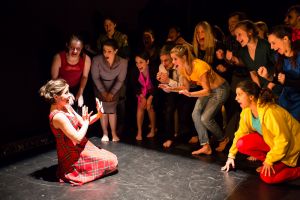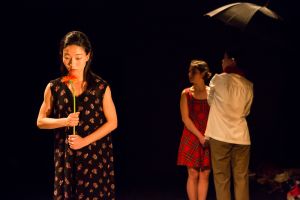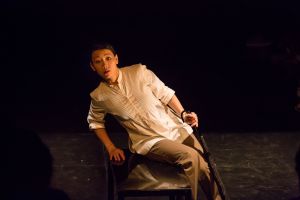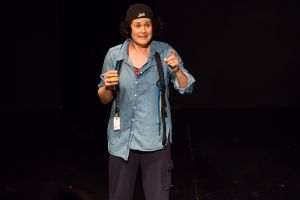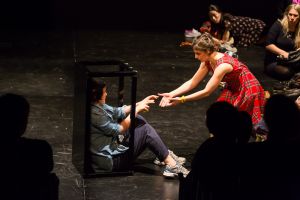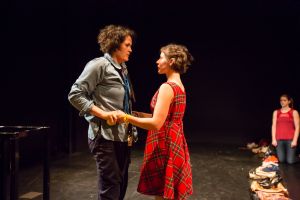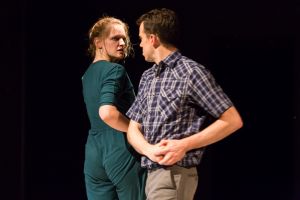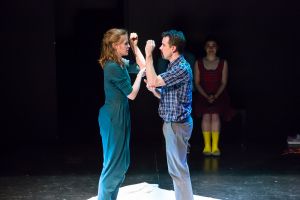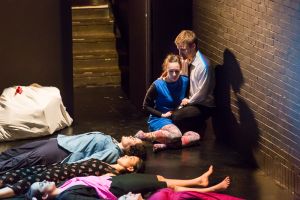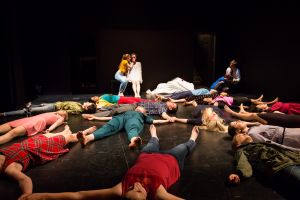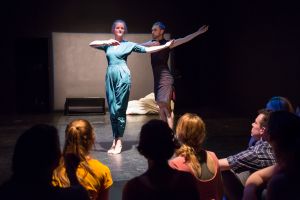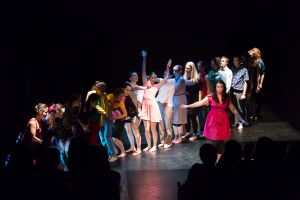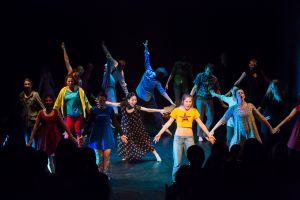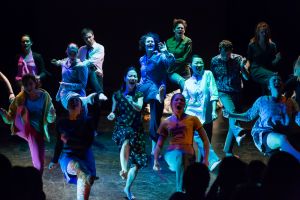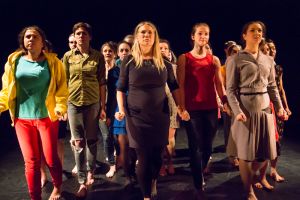Last year SITI Company had their inaugural conservatory program. One year of training in creating theatre using the tools that SITI company does: Viewpoints, Suzuki and composition of devised works. The culmination of that year was the gorgeous This Is How I Don’t Know How To Dance, which I Got to shoot earlier this year.
Now, several months later, several of the artists have continued to collaborate and create work on their own, supported by SITI Company in the form of mentorship and some access to space. They presented a first look at their work and asked me to come and photograph them.
I’m totally biased toward SITI Company, their work and the extension of their work ethic and artistic (pardon the pun) viewpoint. What I saw was beautiful and brave. It was not theatre looking for the easy way out. It’s not about playing to the lowest common denominator in the hope of getting rich. It is theatre borne out of a need to tell stories, to pass on what it means to be us.
This is why I love theatre and what gets me going.
The shows include:
- The Forgotten Princesses
- Chekhov Vignette 1: On the Harmful Effects of Tobacco
- Civility!
- Chekhov Vignette 2: The Bear
